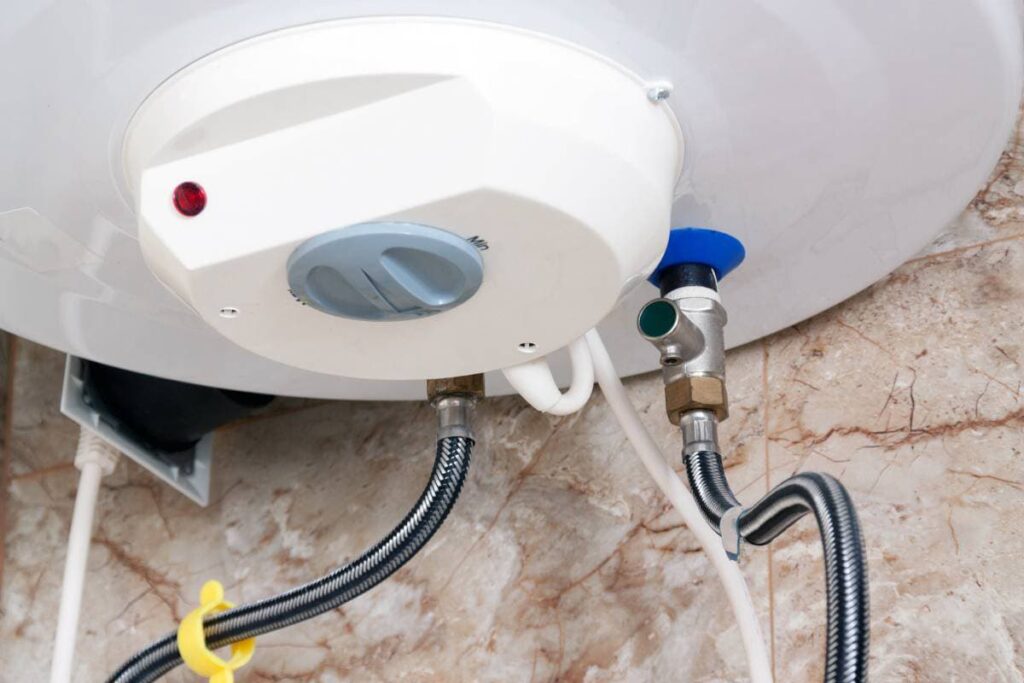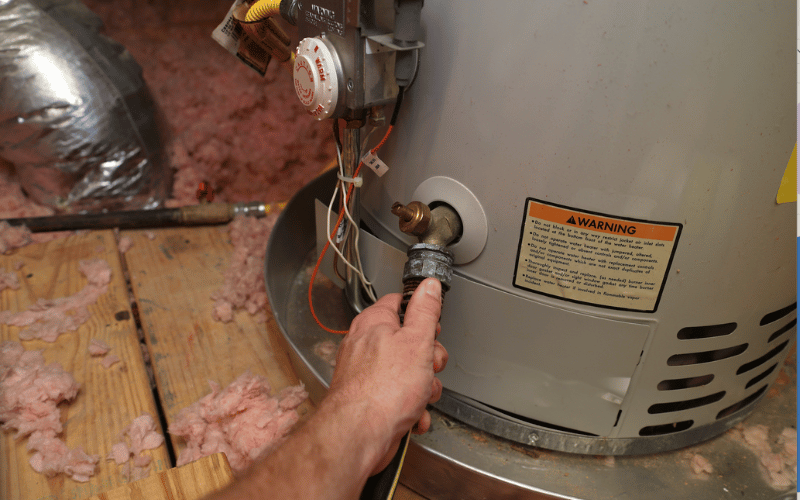How do you feel about What Kind of Maintenance Do Water Heaters Need??

Hot water is necessary for everyday convenience, whether it's for a refreshing shower or cleaning meals. To ensure your hot water system runs successfully and lasts longer, regular upkeep is crucial. This article provides useful pointers and insights on just how to maintain your home's hot water system to stay clear of disturbances and costly repair services.
Introduction
Preserving your home's hot water system could seem daunting, but with a couple of basic actions, you can guarantee it operates efficiently for years ahead. This overview covers everything from understanding your hot water system to DIY maintenance pointers and recognizing when to contact professional help.
Significance of Preserving Your Warm Water System
Routine maintenance not only prolongs the life-span of your warm water system but also ensures it operates successfully. Neglecting maintenance can cause lowered effectiveness, greater power costs, and even premature failure of the system.
Signs Your Warm Water System Demands Maintenance
Recognizing when your hot water system needs interest can prevent major problems. Look out for indications such as irregular water temperature level, strange noises from the heating unit, or corroded water.
Flushing the Hot Water Heater
Purging your water heater eliminates sediment build-up, boosting effectiveness and lengthening its life.
Checking and Replacing Anode Rods
Anode poles protect against corrosion inside the storage tank. Evaluating and changing them when broken is vital.
Facility Issues Requiring Professional Help
Examples include significant leaks, electrical problems, or if your water heater is regularly underperforming.
Regular Expert Maintenance Perks
Specialist maintenance can include extensive evaluations, tune-ups, and guaranteeing compliance with safety and security criteria.
Evaluating and Adjusting Temperature Setups
Changing the temperature setups guarantees optimum performance and safety.
Do It Yourself Tips for Upkeep
You can carry out several upkeep tasks yourself to keep your warm water system in leading condition.
Checking for Leakages
Consistently check pipelines and connections for leakages, as these can bring about water damages and greater expenses.
Recognizing Your Warm Water System
Before diving right into maintenance tasks, it's handy to understand the basic elements of your warm water system. Usually, this consists of the water heater itself, pipelines, anode rods, and temperature controls.
Regular Monthly Maintenance Tasks
Regular month-to-month checks can help capture small concerns before they rise.
Examining Pressure Alleviation Valves
Evaluating the stress relief valve guarantees it works appropriately and prevents too much pressure buildup.
Protecting Pipelines
Protecting warm water pipes minimizes heat loss and can save power.
When to Call a Professional
While DIY maintenance is beneficial, some problems call for professional know-how.
Conclusion
Routine upkeep of your home's warm water system is vital for performance, longevity, and expense financial savings. By adhering to these suggestions and recognizing when to look for specialist help, you can make sure a reliable supply of hot water without unforeseen disturbances.
How to Maintain an Instant Hot Water Heater
Before tinkering with your hot water heater, make sure that it’s not powered on. You also have to turn off the main circuit breaker and shut off the main gas line to prevent accidents. Also turn off the water valves connected to your unit to prevent water from flowing into and out of the appliance. 2. When you’re done, you have to detach the purge valves’ caps. These look like the letter “T†and are situated on either side of the water valves. Doing so will release any pressure that has accumulated inside the valves while at the same time avoid hot water from shooting out and burning your skin. 3. When the purge valves’ caps are removed, you have to connect your hosing lines to the valves. Your unit should have come with three hoses but if it didn’t, you can purchase these things from any hardware or home repair shops. You can also get them from retail stores that sell water heating systems. Read the user’s manual and follow it to complete this task properly. When the hosing lines are connected, open the purge port’s valves. 4. You should never use harsh chemical cleaners or solutions when cleaning your unit. Make use of white vinegar instead. It should be undiluted and you’ll probably use about 2 gallons. 5. Now flush your water heater. This task should probably take about 40 minutes. We can’t give you specific directions for this because the procedure is carried out depending on the type, model and brand of your heater. With that being said, refer to the user’s manual. 6. When you’re done draining the unit, you have to turn off the purge port valves again. Remove the hosing lines that you earlier installed on each of the water valves. Put the valve caps (purge port) back in their respective places and be very careful so as not to damage the rubber discs that are found inside these caps. 7. Now that everything’s back in place, check your user’s manual again to find out how to reactivate your water heating system. 8. Once it is working, turn one of your hot water faucets on just to let air pass through the heater’s water supply pipes. Leave the tap on until water flows smoothly out of it. https://www.orrplumbing.com/blog/2014/september/how-to-maintain-an-instant-hot-water-heater/

Hopefully you enjoyed our section about How to Maintain a Hot Water Heater in a Few Simple Steps. Thank you so much for finding the time to browse our short article. Enjoyed reading our posting? Please quickly share it. Let somebody else locate it. Thank you for taking the time to read it.
Visit Our Website